During the War of 1812, a fleet of warships and troopships carrying a British army sailed into the Chesapeake Bay in 1814. Their first major target was the capture of Washington, D.C., which fell after a land battle at Bladensburg, Maryland, on August 24. This battle showed the weakness of the U.S. governmentAca,!a,,cs reliance on defending the capital and the Chesapeake Bay by relying primarily on the statesAca,!a,,c militia citizen-soldiers to oppose veteran British regulars. Most of the regular U.S. Army had previously been sent to fight along the U.S.-Canadian border. At the battle of Bladensburg, only the U.S. sailors and marines were able to put up a stout fight, but they were too few in numbers and were overwhelmed. The White House, capitol building and other government buildings were put to the torch by the invading British.
The British withdrew from Washington, D.C., and then targeted the city of Baltimore, Maryland. The disheartened Maryland militia, U.S. sailors and marines, retreated to Baltimore. On September 10, the British fleet and forces entered the Patapsco River downstream from there. On September 11, the danger grew more dire, and alarms sounded throughout the city. Shortly after midnight on September 12, the British commander landed the army and sent the warships to bombard Fort McHenry, which guarded the harbor. BaltimoreAca,!a,,cs state commander, Major General Samuel Smith, mobilized its citizens, stiffened their resistance, and encouraged a brave and defiant attitude. General Smith coordinated manpower shortages and met the need for additional gun crews in the fort and nearby fortifications, as requested by the U.S. ArmyAca,!a,,cs commander of Fort McHenry, Major George Armistead of the 3rd Regiment of Artillery. Several companies of U.S. regulars from the 12th, 36th and 38th Infantry Regiments were also assigned to the fort to defend against a direct waterborne assault. General Smith sent forward a 3,000-man Maryland militia brigade, reinforced by Pennsylvania militia units, to confront the 4,500 British regulars who were moving towards the city. The two armies met at North Point on September 12, where the militia soldiers fought hard but were defeated and retreated to Baltimore. Smith had the approaches to the city fortified and manned by some 11,000 Maryland and Pennsylvania militia soldiers and U.S. sailors and Marines. The large number of defenders that held Hempstead Hill, the eastern approach to the city, blocked the British armyAca,!a,,cs advance. This strong defense convinced the British army not to attempt a direct assault without the support of the fleet.
The BritishAca,!a,,cs fleet commenced firing on Fort McHenry on the morning of September 13. The fortAca,!a,,cs defenders replied with their heavy gun from the fortified batteries whose firing range and firepower kept most of the British ships away. The British fleet was compelled to rely primarily on its bomb vessels to silence the fortAca,!a,,cs guns. Those vessels could not silence the fort after firing for twenty-four hours. The British navy attempted a small-boat diversion but was forced to retreat after receiving heavy fire from the fort and its supporting batteries. A night attack on Hempstead Hill was cancelled, and the British army retreated to their ships. On the morning of September 14, the British ships stopped firing rockets and bombs. Further attacks on Baltimore were called off.
General Samuel SmithAca,!a,,cs successful planning and deployment of his joint force of U.S. regulars, state militia, and U.S. sailors and marines defeated the advancing British army and navy. Today the heroes of the Battle of Baltimore are recognized on Defenders Day every September 12, which is a Maryland state holiday. All Americans, moreover, honor those brave warriors, whose successful defense of Fort McHenry inspired Francis Scott Key to write our national anthem, Aca,!A"The Star Spangled Banner.Aca,!A?
Related Links:
USAMHI Bibliography: FORT McHENRY, MARYLAND
USAMHI Bibliography: War of 1812 ; CHESAPEAKE BAY CAMPAIGN (Jul-Sep 1814)
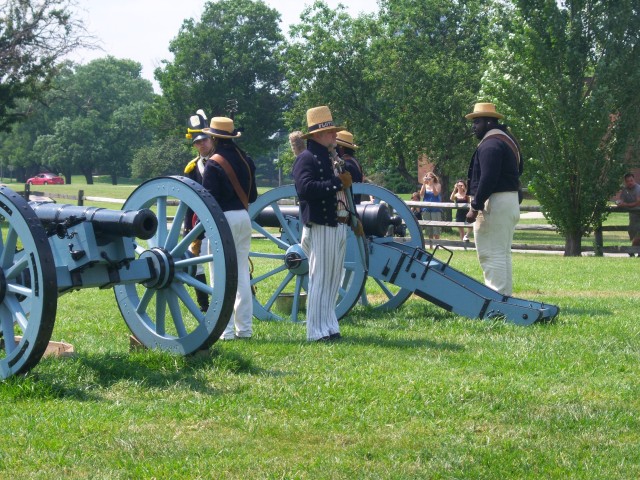
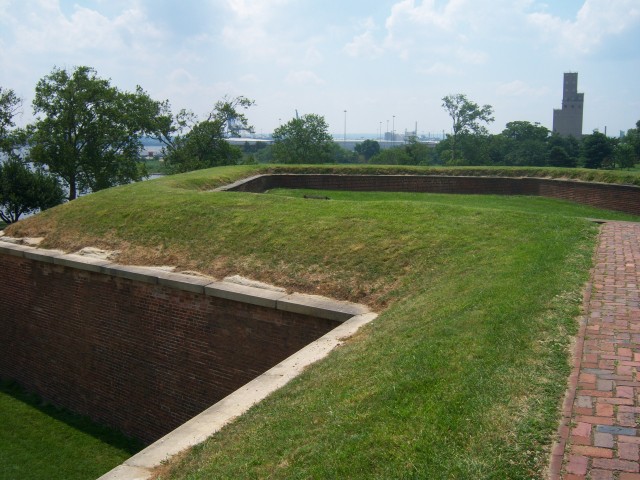
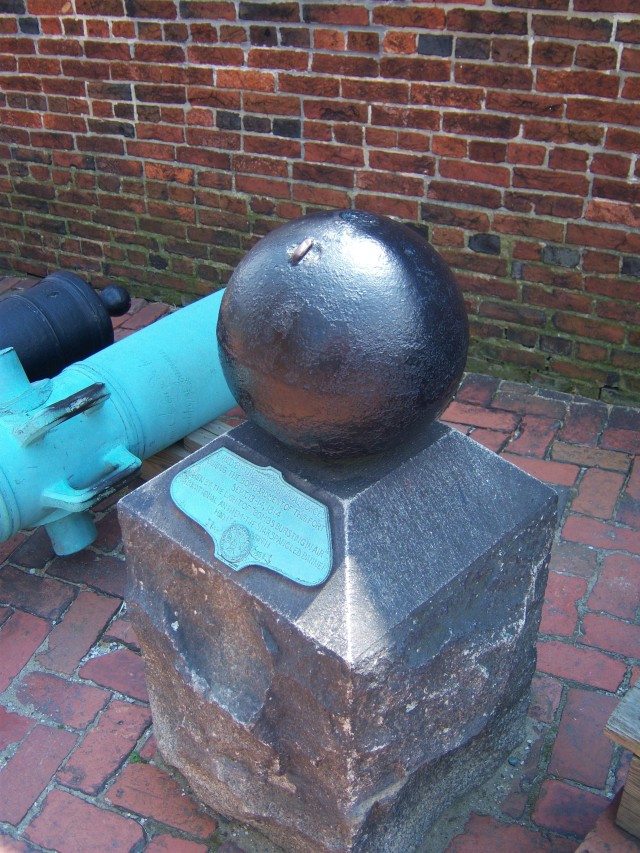

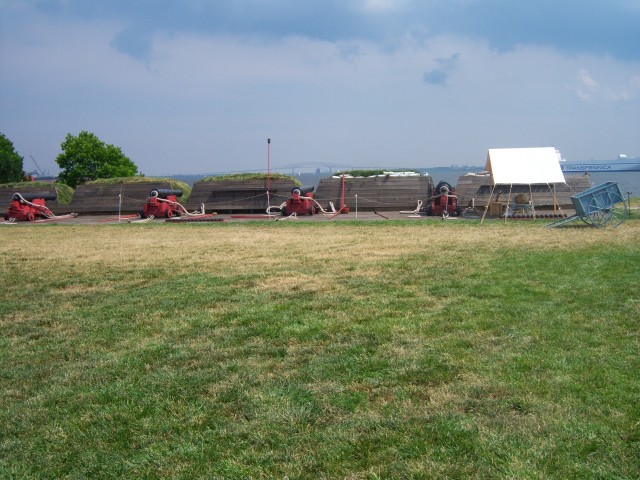
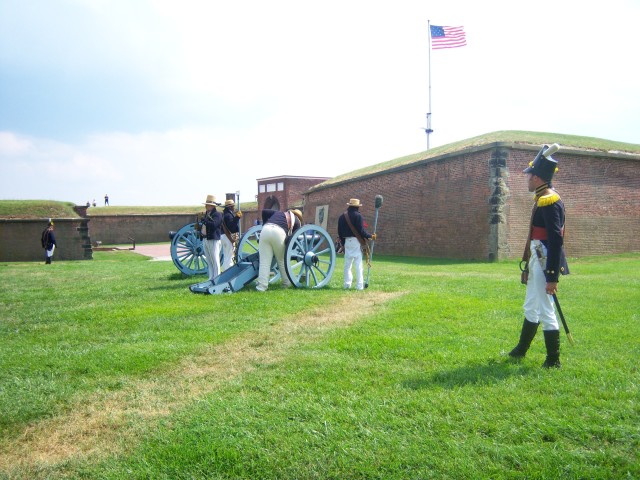
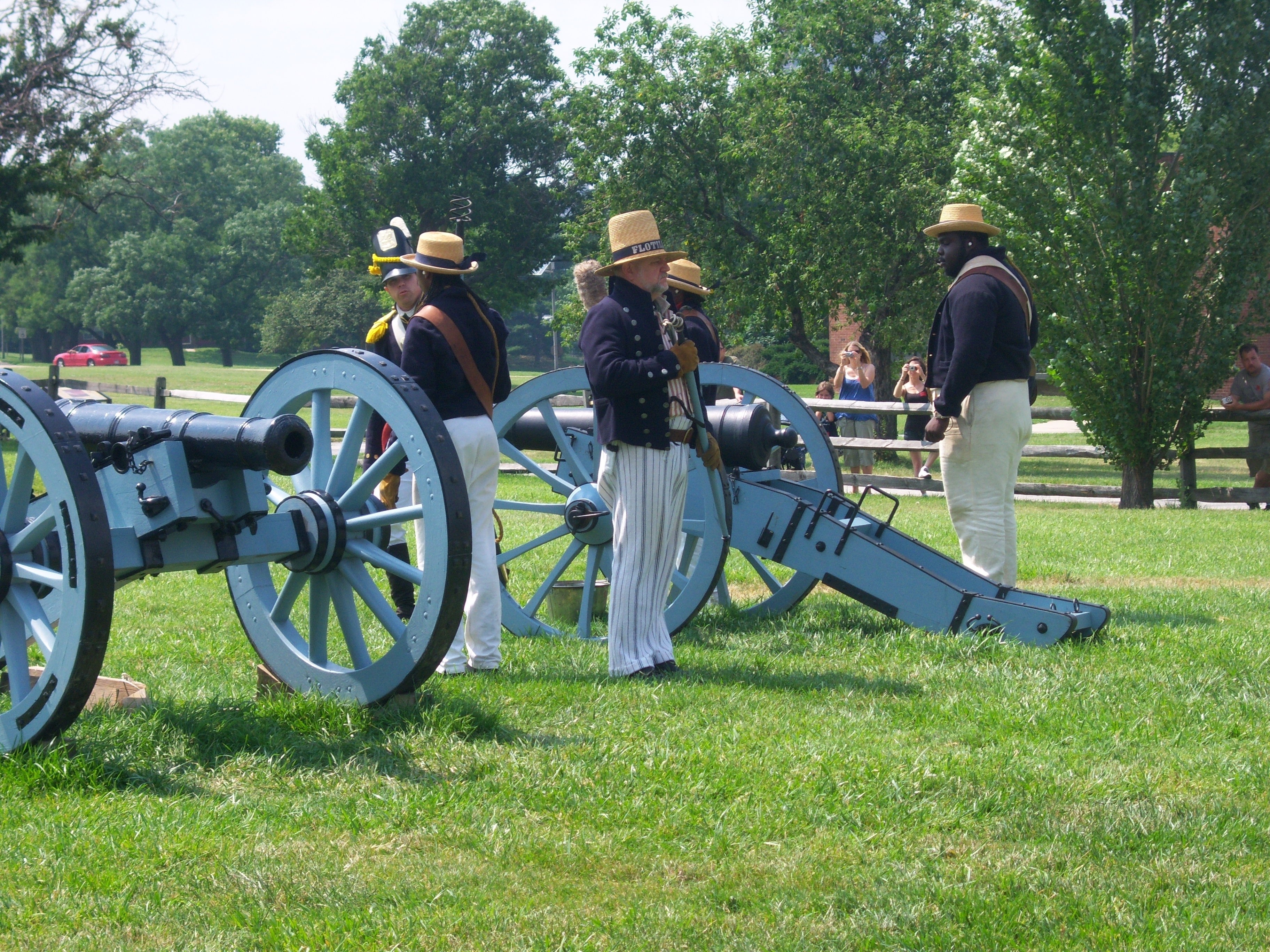

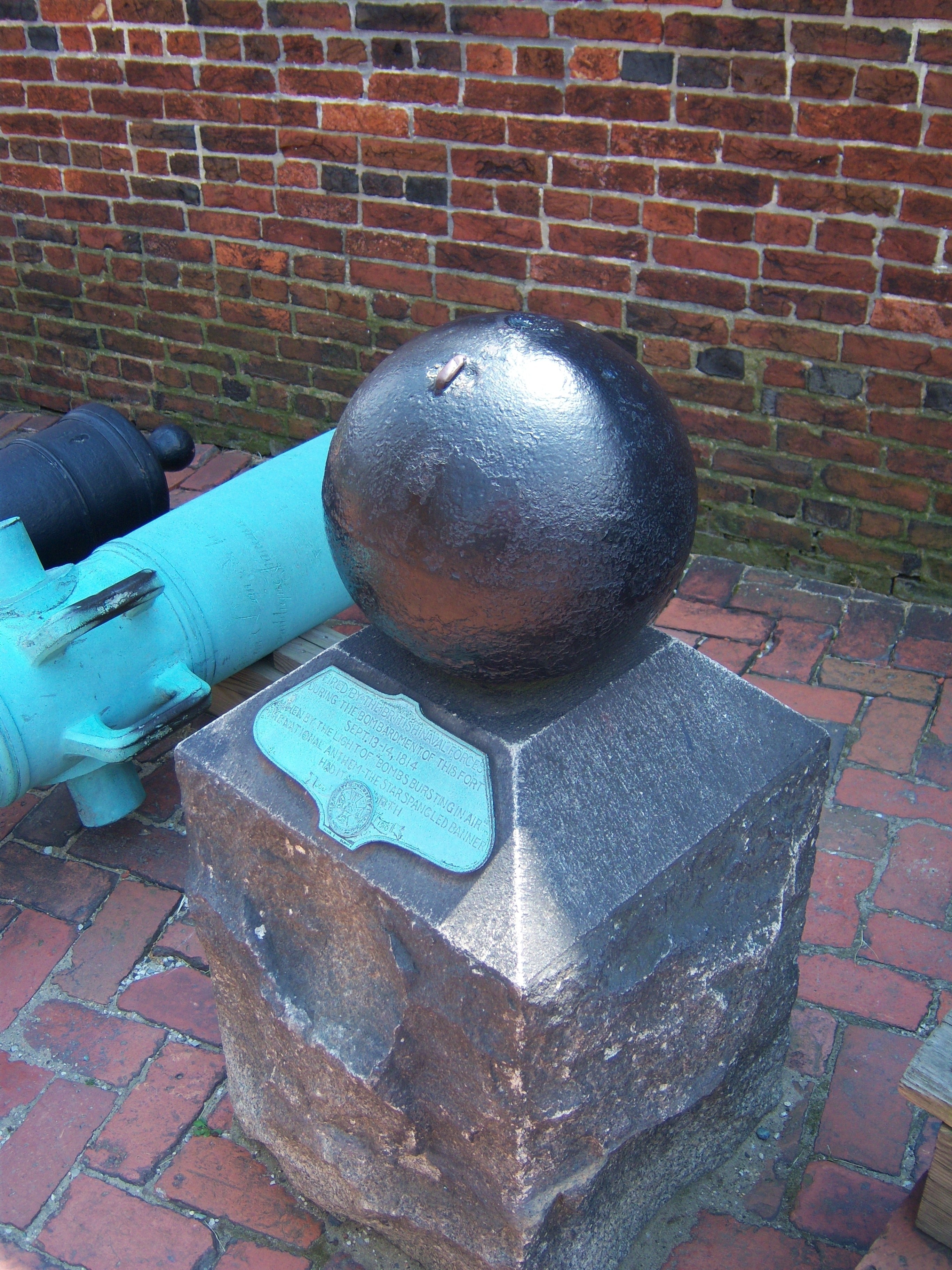
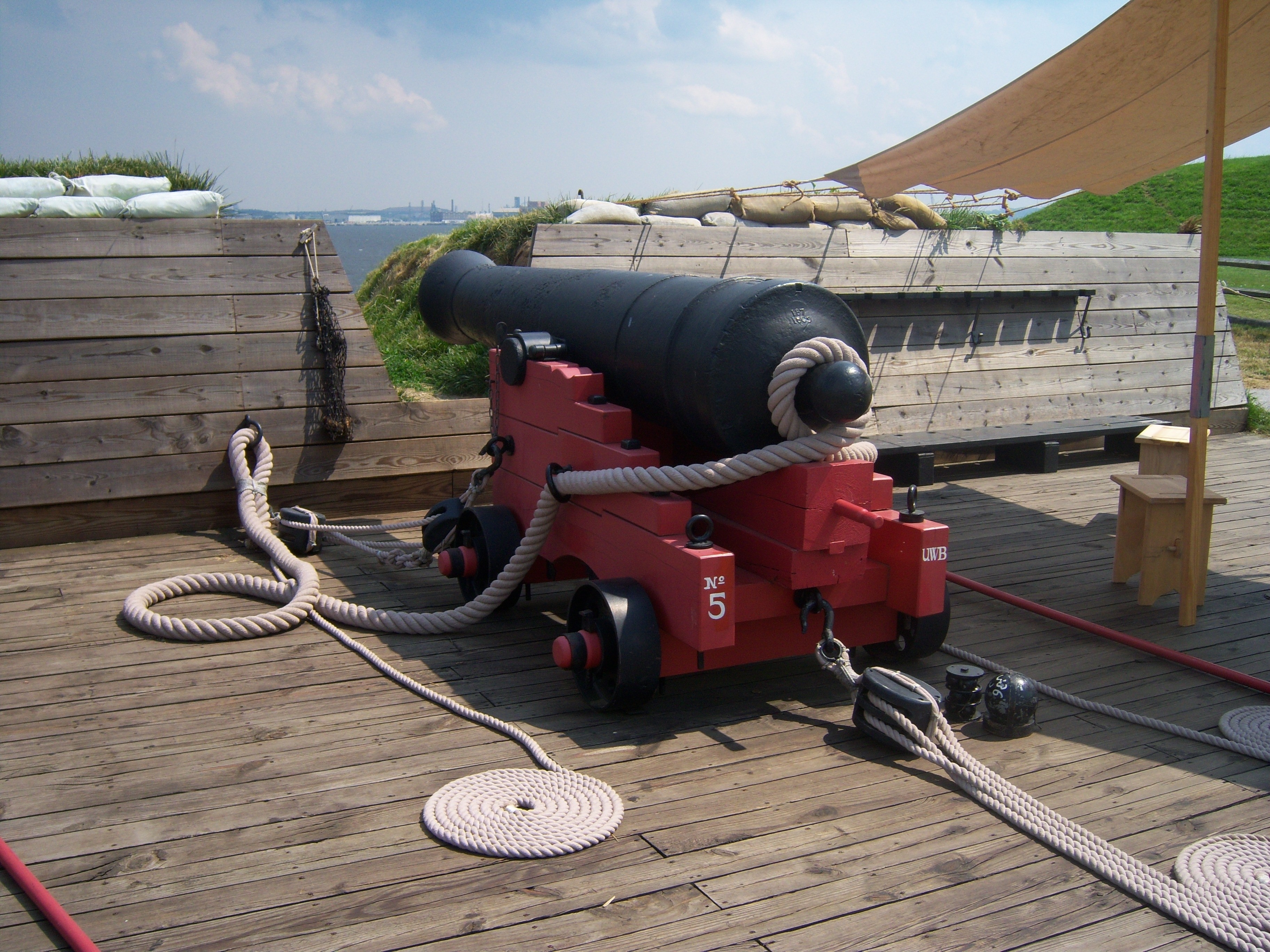

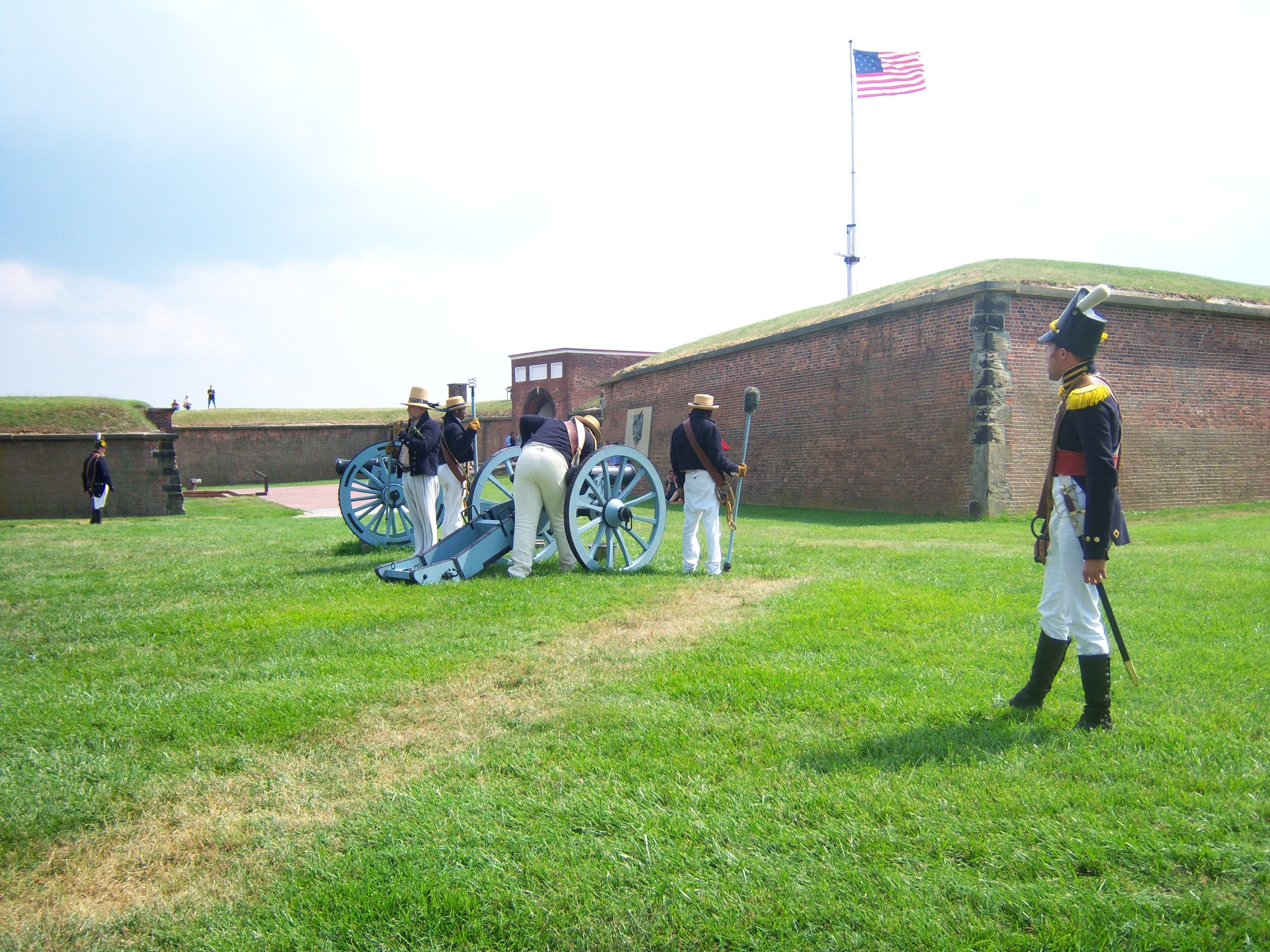
Social Sharing